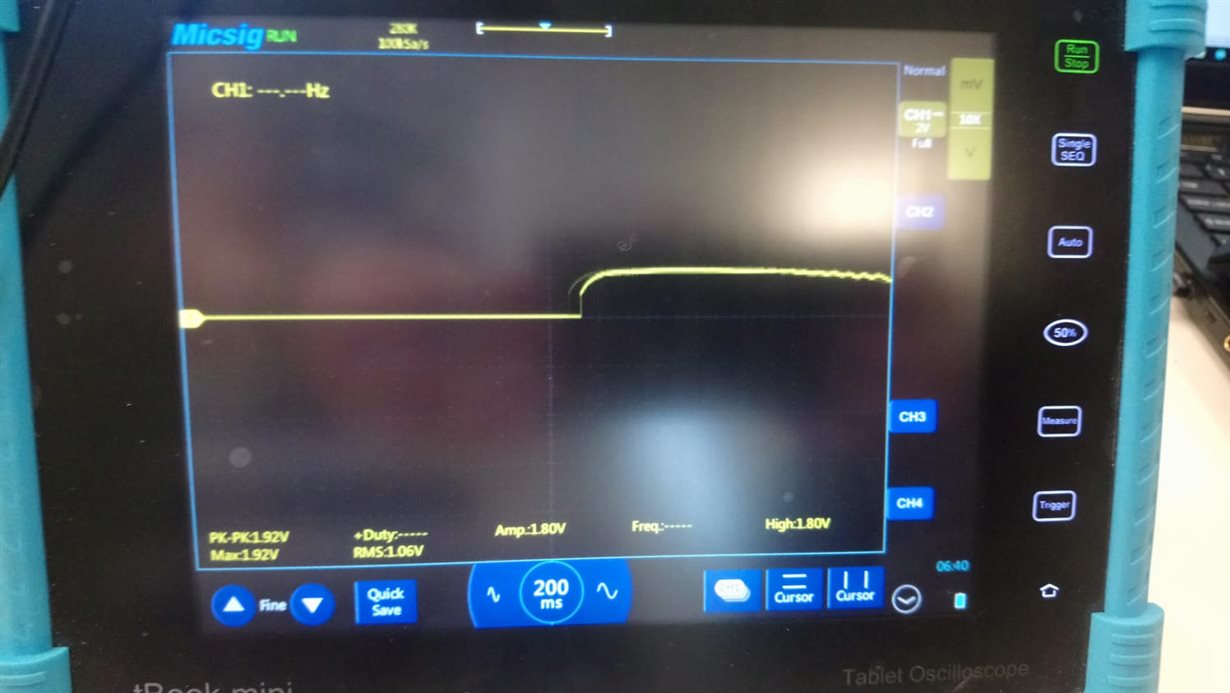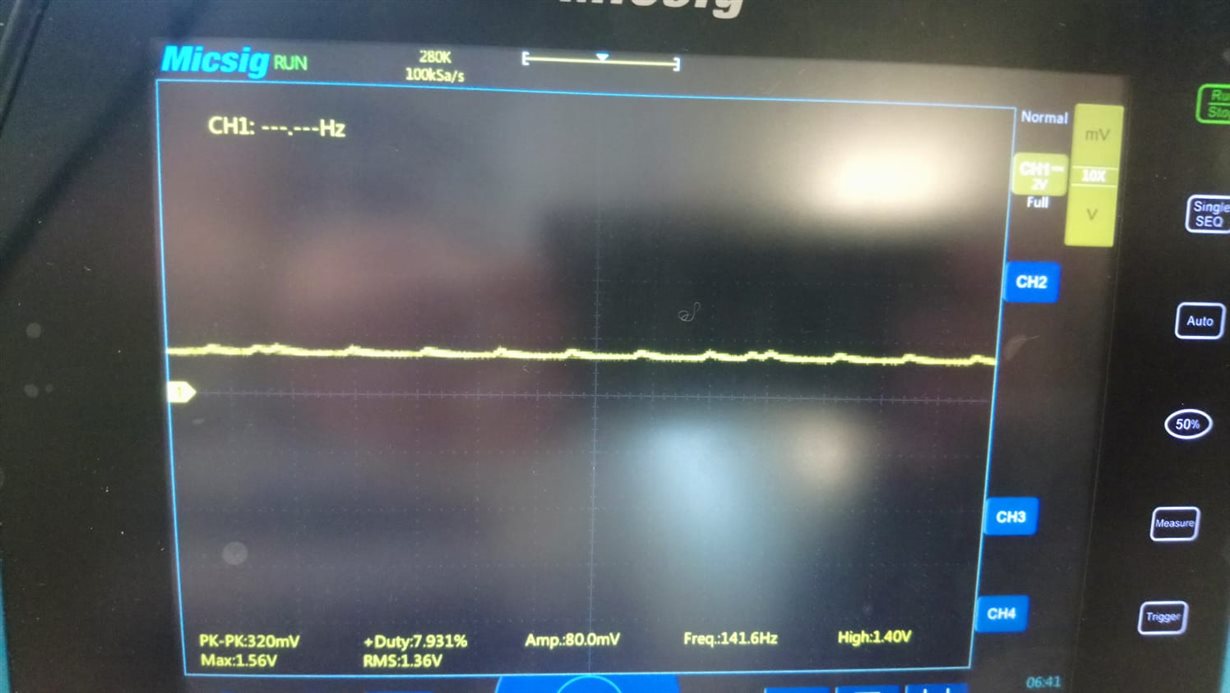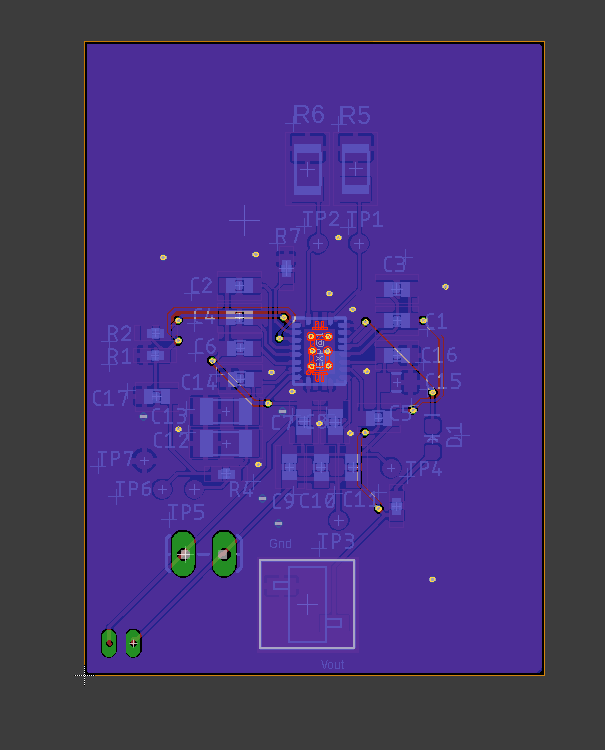Hi guys. I am part of a college engineering team developing a product that utilizes TI's BQ51013B chip to provide a wireless charging solution. The application requires charging of two lithium Ion 14430 batteries of 600 mA each and they both draw about 300-500 mA.
I am having difficulty sizing the comm/boot capacitors exactly for our application. We are using a coil with the following characteristics:
Inductance +/-2%, @ 200kHz (uH) = 11.6
DCR +/- 2% (mOhm) = 520
ESR +/- 2%(mOhm) = 635
Q Factor = 23ProjectSchematic.pdf
I have attached a schematic as a pdf format based on the Datasheet. I would appreciate any feedback and review.
An important question I had is how far can the coil be placed from the chip itself and is it possible to place it at a longer distance of about 10-15 cms somehow?









